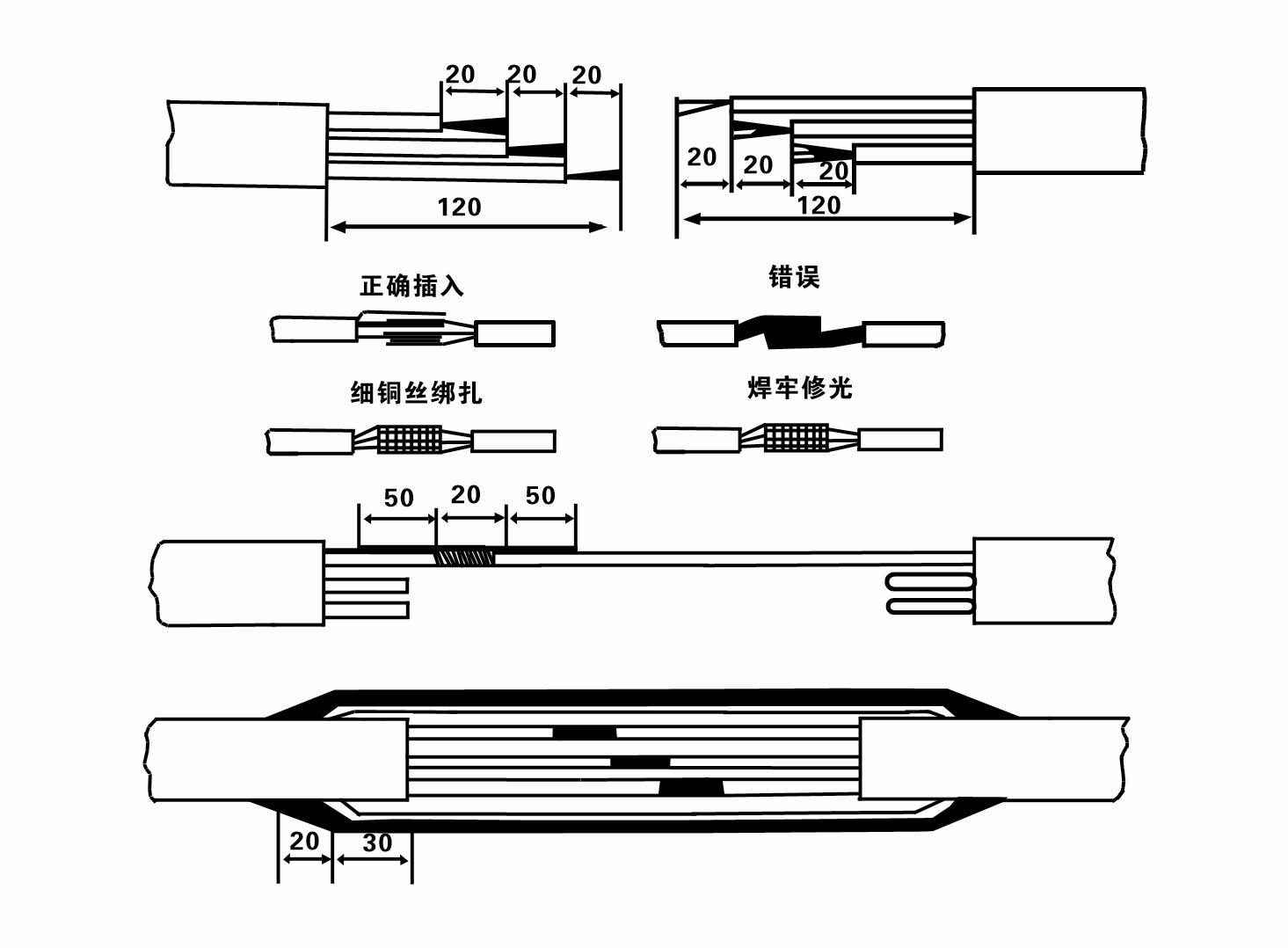Jul . 20, 2024 01:49 Back to list
High-Efficiency 220V Submersible Water Pump for Efficient Water Management Solutions
Understanding 220V Submersible Water Pumps
Submersible water pumps have gained significant popularity in various sectors, including agriculture, construction, and residential applications. Among the various models available, 220V submersible water pumps stand out due to their efficiency and versatility. This article will explore the features, benefits, applications, and maintenance tips related to 220V submersible water pumps.
Features of 220V Submersible Water Pumps
One of the primary features of a 220V submersible water pump is its ability to operate submerged in water. This design allows the pump to push water to the surface, making it ideal for drawing water from deep wells or other large bodies of water. The 220V power rating means that these pumps require a standard voltage supply, which is readily available in most residential and commercial settings.
These pumps typically come equipped with robust materials that resist corrosion and wear, such as stainless steel or thermoplastic, ensuring durability. Additionally, many models feature built-in thermal overload protection, which safeguards the motor against overheating, enhancing the pump's longevity.
Benefits of Using 220V Submersible Water Pumps
One significant advantage of 220V submersible pumps is their energy efficiency. Compared to conventional surface pumps, submersible pumps require less energy to operate because they generate pressure internally while submerged. This efficiency translates to lower electricity bills, making them a cost-effective choice in the long run.
Moreover, the noise level of 220V submersible pumps is considerably lower than other types of pumps since they operate under water. This feature is particularly beneficial for residential areas where noise pollution can be a concern.
Applications of 220V Submersible Water Pumps
220V submersible water pumps have a myriad of applications. In agriculture, they are commonly used for irrigation, helping farmers efficiently manage water resources. In construction, these pumps assist in draining water from excavated areas, ensuring that the worksite remains dry and operational.
220v submersible water pump

Residential applications include draining flooded basements, emptying pools, or transferring water from one location to another. Additionally, these pumps can be used in sewage applications, helping to manage and transport waste effectively.
Maintenance Tips
To ensure the longevity and optimal performance of a 220V submersible water pump, regular maintenance is essential. Here are a few tips
1. Regular Inspection Periodically inspect the pump for any signs of wear and tear or damage. Check for rust, cracks, or any other visible issues that may hinder performance.
2. Clean Filters Many submersible pumps come with filters that prevent debris from entering the system. Regularly clean these filters to maintain efficient operation.
3. Check Electrical Connections Ensure that all electrical connections are secure and free of corrosion. Loose or corroded connections can lead to operational failures.
4. Test the Float Switch If your pump has a float switch, test it regularly to ensure it operates correctly. This switch helps the pump turn on and off automatically based on water levels.
5. Seasonal Maintenance For pumps used in applications that are seasonal, such as in pools or garden irrigation, ensure to service the pump before and after use to prevent damage from weather changes.
Conclusion
In conclusion, 220V submersible water pumps are efficient, versatile, and essential for a wide range of applications. Their energy efficiency, lower noise levels, and durability make them a preferred choice for homeowners, farmers, and construction professionals alike. With proper maintenance, these pumps can provide reliable service, ensuring that water management needs are consistently met. As technology advances, we can expect even more innovative features in future models, solidifying the place of submersible pumps in modern water management solutions.
-
Submersible Water Pump: The Efficient 'Power Pioneer' of the Underwater World
NewsJul.01,2025
-
Submersible Pond Pump: The Hidden Guardian of Water Landscape Ecology
NewsJul.01,2025
-
Stainless Well Pump: A Reliable and Durable Pumping Main Force
NewsJul.01,2025
-
Stainless Steel Submersible Pump: An Efficient and Versatile Tool for Underwater Operations
NewsJul.01,2025
-
Deep Well Submersible Pump: An Efficient 'Sucker' of Groundwater Sources
NewsJul.01,2025
-
Deep Water Well Pump: An Efficient 'Sucker' of Groundwater Sources
NewsJul.01,2025
-
 Submersible Water Pump: The Efficient 'Power Pioneer' of the Underwater WorldIn the field of hydraulic equipment, the Submersible Water Pump has become the core equipment for underwater operations and water resource transportation due to its unique design and excellent performance.Detail
Submersible Water Pump: The Efficient 'Power Pioneer' of the Underwater WorldIn the field of hydraulic equipment, the Submersible Water Pump has become the core equipment for underwater operations and water resource transportation due to its unique design and excellent performance.Detail -
 Submersible Pond Pump: The Hidden Guardian of Water Landscape EcologyIn courtyard landscapes, ecological ponds, and even small-scale water conservancy projects, there is a silent yet indispensable equipment - the Submersible Pond Pump.Detail
Submersible Pond Pump: The Hidden Guardian of Water Landscape EcologyIn courtyard landscapes, ecological ponds, and even small-scale water conservancy projects, there is a silent yet indispensable equipment - the Submersible Pond Pump.Detail -
 Stainless Well Pump: A Reliable and Durable Pumping Main ForceIn the field of water resource transportation, Stainless Well Pump has become the core equipment for various pumping scenarios with its excellent performance and reliable quality.Detail
Stainless Well Pump: A Reliable and Durable Pumping Main ForceIn the field of water resource transportation, Stainless Well Pump has become the core equipment for various pumping scenarios with its excellent performance and reliable quality.Detail
